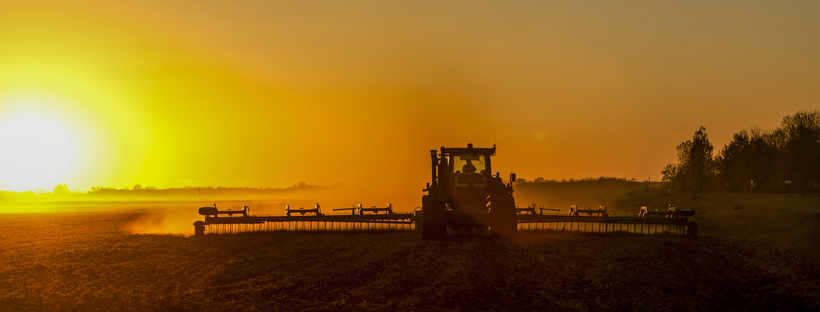19 Apr Southwestern North Dakota stuck in severe drought
North Dakota is more than just dry.
It has been in a drought for months, according to the National Weather Service’s Drought Monitor for the state.
In an update released March 25, only a small section of the state in the southeastern corner is listed as having moderate drought conditions.
The rest of the state is either listed as severe drought or extreme drought by the monitor.
Bowman, Golden Valley, Slope, Adams and Hettinger counties are listed as being in severe drought conditions, while parts of Stark, Billings and Dunn are among the 14 counties identified as being in extreme drought conditions.
The release said there is still a problem for farmers and ranchers in the region.
“As we continue through spring and into summer, North Dakota is consistently favored for above average temperatures. Although there is not a strong signal for above or below normal precipitation, as we head into summer there is a better signal for below normal precipitation across the state. Above normal temperatures and below normal precipitation would lead to drought persisting or worsening. It is always possible we could have a pattern change and transition to a cooler/wetter pattern, but there is no indication of that happening.
Since Oct. 1, North Dakota has been warmer and much drier than average.
Latest analysis shows below normal soil moisture to begin the spring season, with a lack of snow water equivalent (water in the snow) in the current snowpack. The entire state is currently clear of snow.
“Low snow amounts this winter resulted in many areas where grasses were not pushed down. Therefore, fire will be able to spread easily in standing cured grasses. Also, with lack of current snow cover over the area, an early and active spring fire season will continue until spring green-up occurs. If drought conditions persist into summer, new season grasses may cure early leading to an earlier than average summer/fall fire season,” the release explained.
Through April, May and June, the temperatures in the region will remain above normal.


Sorry, the comment form is closed at this time.